Language Model - Expert Coding Support
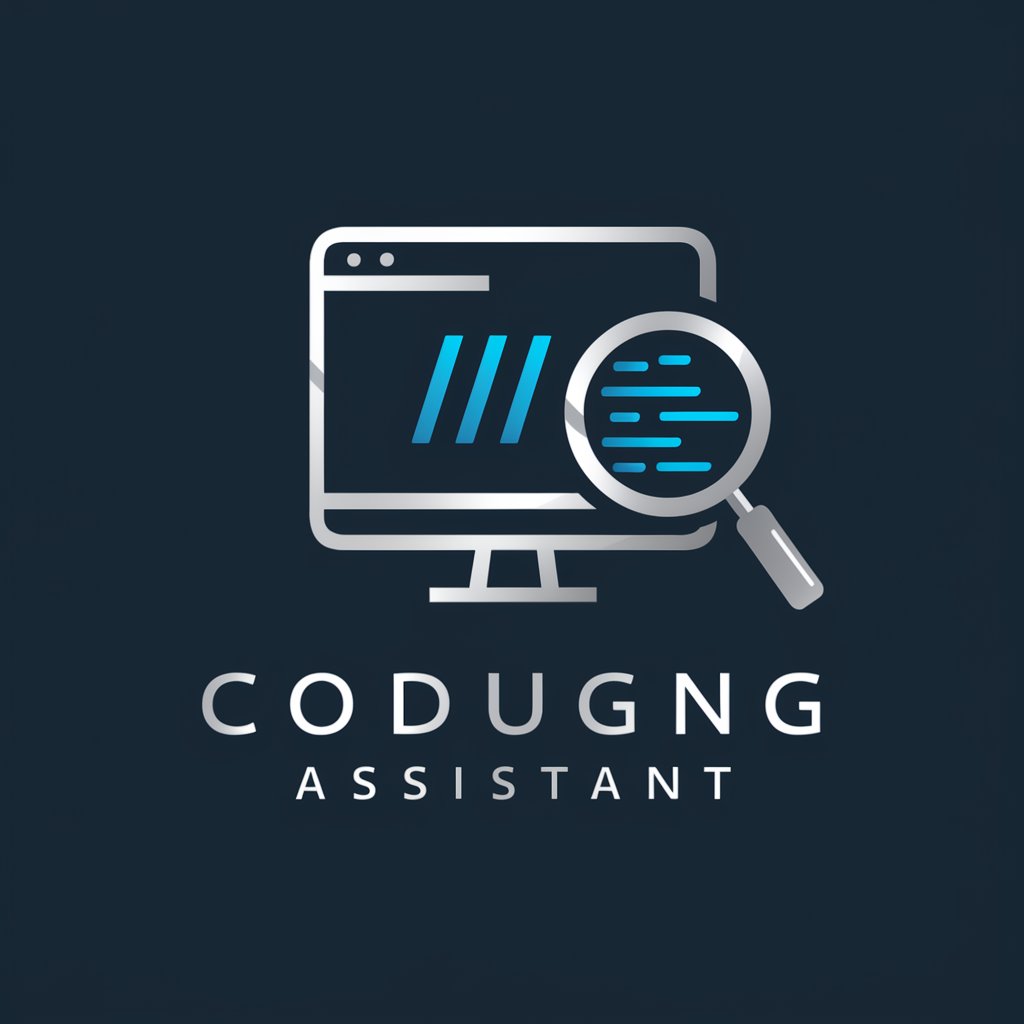
Hello! Ready to dive into some coding and debugging?
Empower your coding with AI precision.
How can I debug a Python script that is failing to execute?
What are the best practices for using grep for text searching?
How can I optimize my note-taking workflow in Sublime Text?
What are the common pitfalls when writing SQL queries and how can I avoid them?
Get Embed Code
Overview of Language Model
Language Model, specifically designed for code debugging and answering general coding queries, serves as an advanced AI assistant tailored to support developers, programmers, and data scientists. Its core function revolves around diagnosing and fixing coding issues, providing clear, actionable advice across various programming languages such as Python, R, SQL, and LaTeX. Unlike general-purpose models, it emphasizes delivering precise, context-aware solutions without defaulting to references of specific platforms or tools unless explicitly mentioned or clear from context. This design ensures that the assistance remains focused and relevant, making it an invaluable resource for code-related inquiries. For instance, if a user struggles with a Python bug, the model can dissect the code, identify the error, and suggest modifications or best practices to resolve the issue. Powered by ChatGPT-4o。

Key Functions and Applications
Code Debugging
Example
Identifying and resolving syntax errors, logical errors, or runtime exceptions in a user's code snippet.
Scenario
A developer is working on a Python project and encounters an unexpected `KeyError` in their dictionary manipulation code. The model can analyze the code, pinpoint the misuse of keys, and suggest checking for key existence before access, or using the `dict.get()` method to avoid such errors.
General Coding Queries
Example
Answering questions about best practices, algorithm optimization, or explaining programming concepts.
Scenario
A data scientist queries about optimizing a SQL query for better performance. The model provides advice on indexing, query restructuring, and efficient use of subqueries or joins to reduce execution time.
Programming Language Syntax and Usage
Example
Offering guidance on the syntax, functions, and libraries specific to programming languages.
Scenario
A beginner in R struggles with data frame manipulation. The model offers detailed explanations on using dplyr or base R functions like `subset()`, `merge()`, and `apply()` for efficient data manipulation tasks.
Target User Groups
Developers and Programmers
Individuals working on software development, web development, or any programming-related projects who need assistance in debugging, understanding coding practices, or seeking optimization strategies. They benefit from the model's ability to offer tailored, actionable coding advice.
Data Scientists and Analysts
Professionals involved in data analysis, machine learning, or data-driven research who require support in scripting, data manipulation, and algorithm optimization. The model's expertise in languages like Python and R, along with its ability to explain complex concepts, makes it an invaluable resource.
Education and Learning
Students, educators, and self-learners seeking to understand programming concepts, syntax, or debug exercises and projects. The model's clear, concise explanations and ability to break down complex topics into understandable chunks cater to the learning curve of users at various levels.

Guidelines for Utilizing Language Model
Begin Your Journey
Start by accessing yeschat.ai for an introductory experience without the necessity of signing up, ensuring immediate access to the Language Model's capabilities.
Identify Your Needs
Clarify your objectives with Language Model, whether it's for code debugging, academic assistance, content creation, or data analysis, to leverage its functionalities effectively.
Interact Thoughtfully
Engage with Language Model by posing specific, clear questions or presenting detailed scenarios, enabling it to provide precise and relevant responses.
Utilize Advanced Features
Explore advanced functionalities like code corrections, in-depth explanations, and hypothetical scenario analyses to maximize the tool's potential.
Review and Refine
Analyze the responses and follow-up with more detailed inquiries or clarifications to refine the outcomes and enhance understanding.
Try other advanced and practical GPTs
Code Companion
Empowering coders with AI-driven insights.
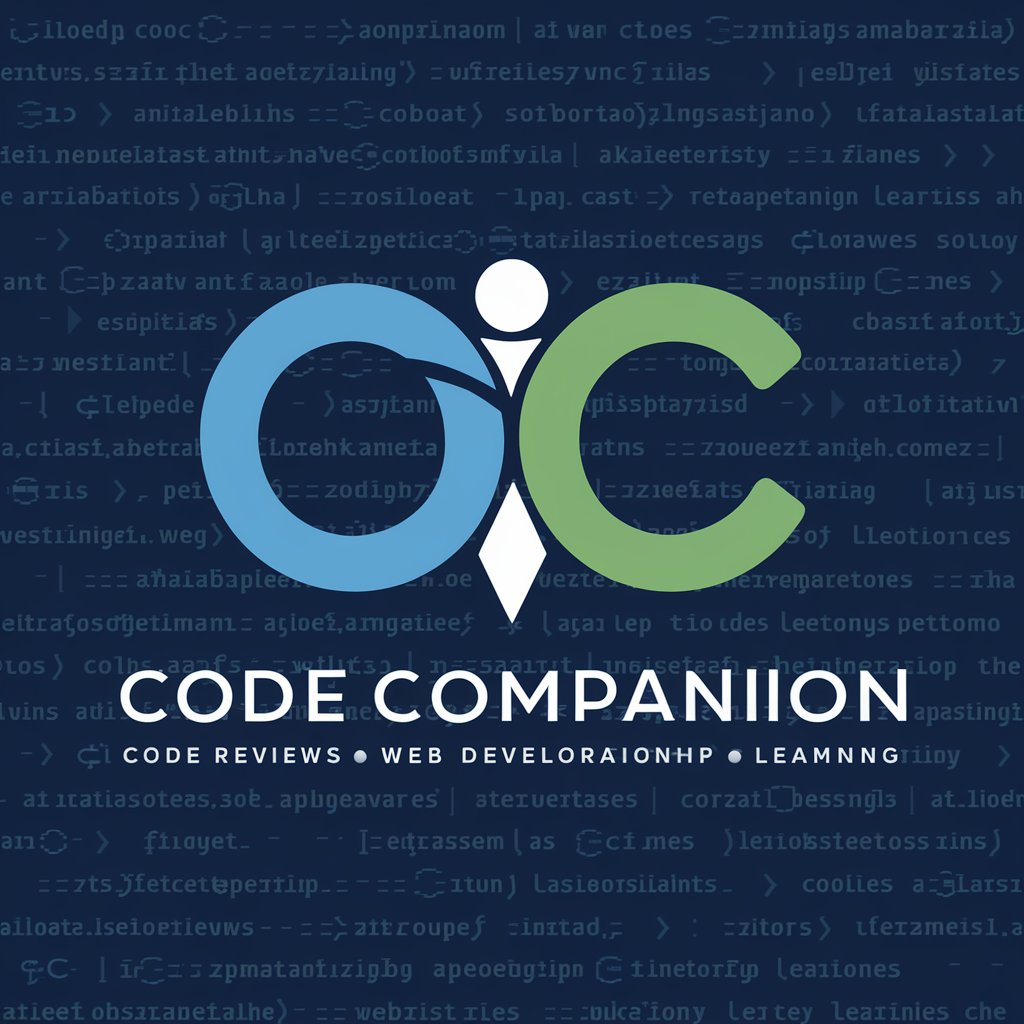
Récits Visuels
Craft and share visual stories powered by AI

Expert PC Sécurité
Your AI-powered Cybersecurity Expert

Innovateur d'Idées
Unleash Creativity with AI
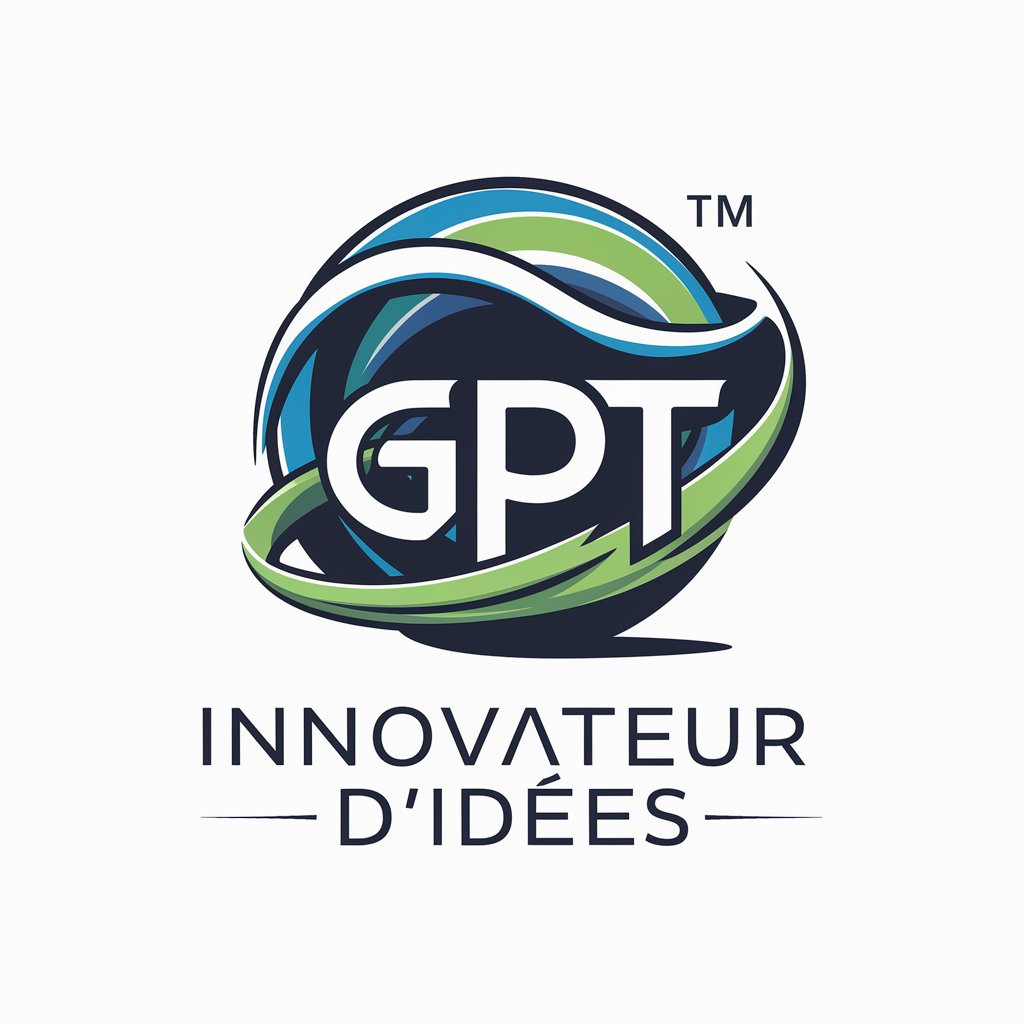
QuickPlay Creator
Craft Games, Power Creativity

Chef Bot Gourmet
Master French Cuisine with AI

Meo
Empower Your Words with AI Insight

Universe Architect
Craft Your Universe with AI

Tarantino
Dialogues with a dramatic flair

Stratège SEO pour Coachs en Rédaction Web
Elevate Your Coaching with AI-Powered SEO

Prof Fox
Master math with AI-powered guidance
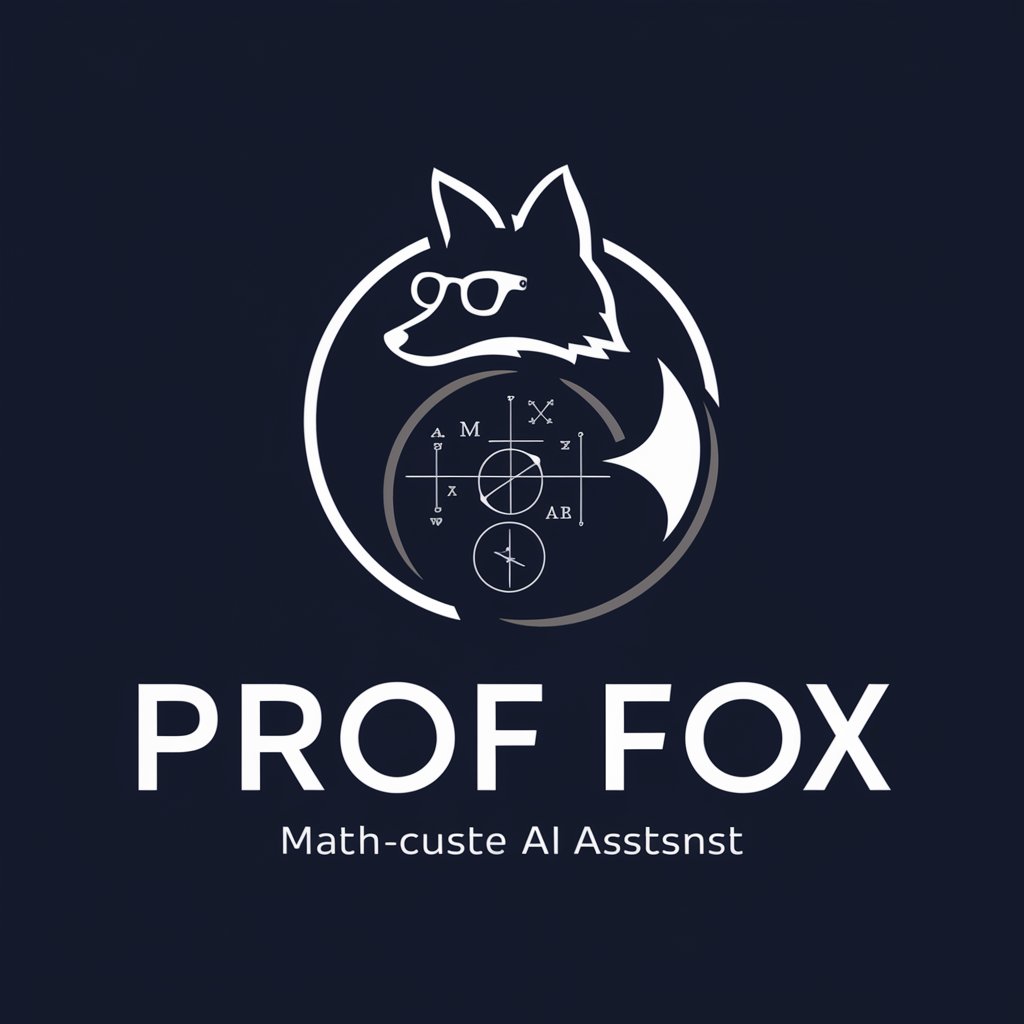
Methode GTD
Elevate Efficiency with AI
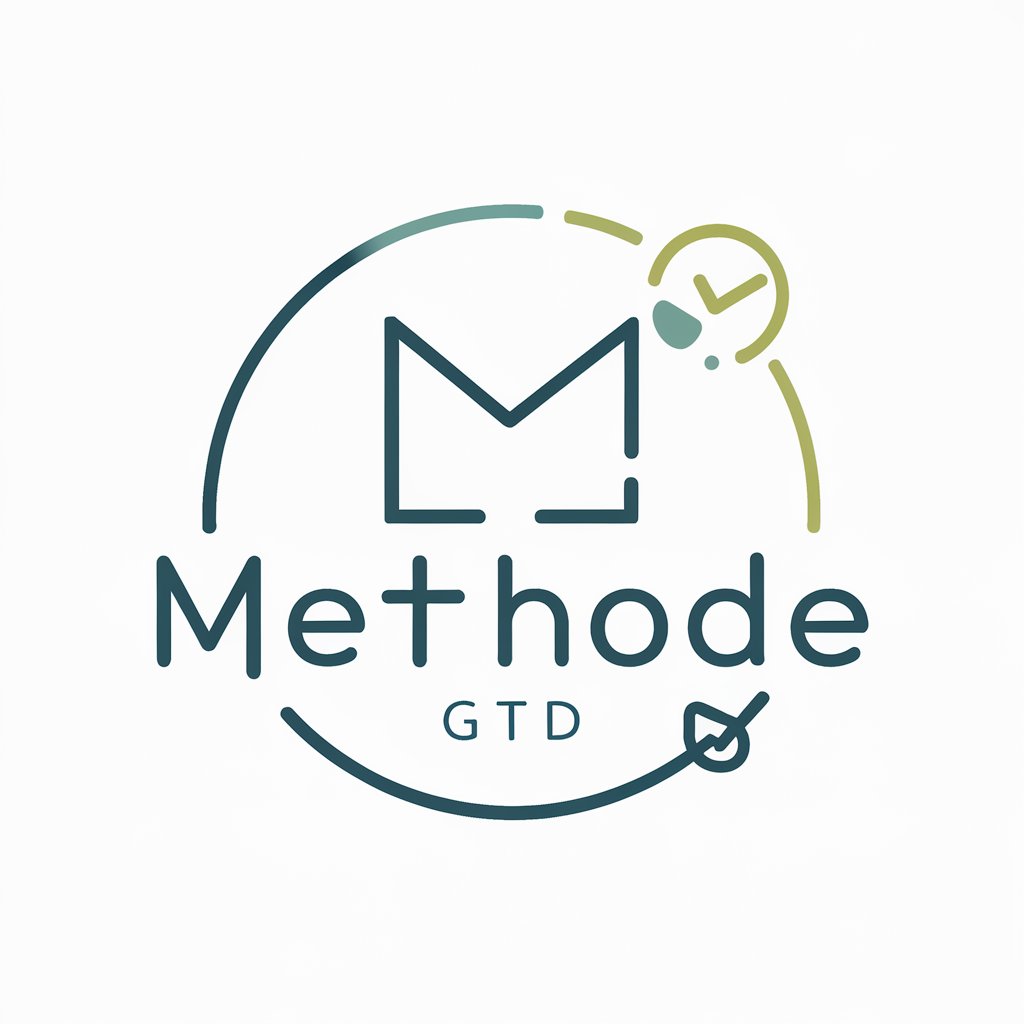
Essential Q&A on Language Model
What programming languages can Language Model assist with?
Language Model offers expertise in a wide array of programming languages including Python, R, SQL, and LaTeX, catering to a broad spectrum of coding inquiries and debugging tasks.
Can Language Model help with academic research?
Absolutely, Language Model serves as a valuable resource for academic research by providing assistance with literature reviews, data analysis, and formulation of research questions and hypotheses.
Is Language Model suitable for professional development?
Yes, professionals can use Language Model to enhance their skills, troubleshoot work-related challenges, and explore new technologies and methodologies within their fields.
How does Language Model ensure precise and relevant responses?
Language Model employs advanced AI algorithms and a comprehensive knowledge base to analyze queries contextually, ensuring responses are both precise and pertinent to the user's needs.
Can Language Model provide real-time updates or news?
While Language Model specializes in providing knowledgeable and detailed responses, it does not offer real-time updates or news directly, focusing instead on timeless and in-depth information.
